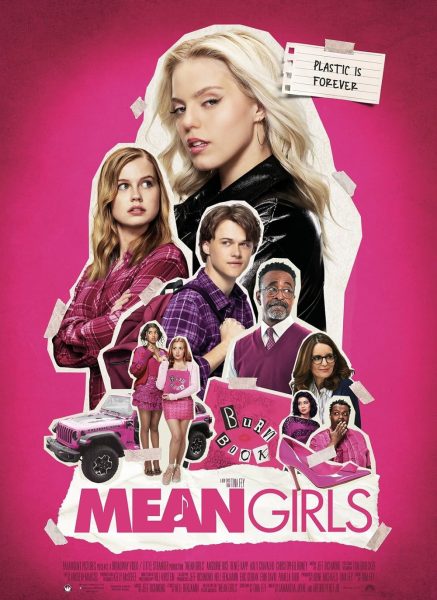Review: ‘All the Bright Places’ creates shockwaves
Dark teen movie covers loss, love
Slightly over five years after Jennifer Niven’s young adult novel was published, “All the Bright Places” was finally given a movie adaptation. Fans of the novel had high hopes for the Netflix original film, believing it could avoid the trap many other book-to-film adaptations suffer. Upon watching the movie, fans were glad to see it stay true to the novel and truly bring the characters to life.
Netflix has received a fair amount of criticism for not including a trigger warning at the start of the movie. As a large film corporation, Netflix has an ethical responsibility to protect its viewers. This is not a first-time offense, either; Netflix’ adaptation of “13 Reasons Why” was also called out for its unnecessarily graphic depiction of the main character’s suicide. Those who have struggled with mental health issues or thoughts of suicide in the past should take heavy caution when watching “All the Bright Places” due to its graphically depressing depiction and discussion of eating disorders, mental illnesses and suicide.
Despite needing a trigger warning to protect viewers from the highly sensitive content in the beginning of the film, “All the Bright Places” covers the saddening topics well. It shows the ugly parts of suicide, including the grieving process and widespread impact left when one takes one’s own life, which fans appreciate. The movie manages to not glamorize the events, which is certainly a step in the right direction toward covering sensitive topics in a mature yet safe manner. At the same time, a tender approach was taken toward covering the topic, making viewers understand the intensity of the situations.
The depressing air of the novel remained consistent in the movie. The film opened with the infamous scene of Violet Markey (Elle Fanning) and Theodore Finch (Justice Smith) considering suicide on the same morning, though changing the location. Other than changing similarly unimpactful details, the movie sticks to its source material well. The characters’ personalities and interactions have been made more realistic and detailed since being brought to the screen.
Though lapses in facial expression and awkward pauses were sprinkled throughout the film, the actors showed great range of emotion and chemistry in their interactions with one another. The characterization and development was remarkably portrayed in the movie. Violet’s neurotic tendencies were demonstrated in her fights with Finch, while Finch’s absent-minded and flighty personality showed through his facial acting.
The cinematography in “All the Bright Places” was done beautifully. Toward the end of the movie, several sweeping shots of impactful scenes throughout the development of Violet and Finch’s relationship are shown, giving viewers pangs of nostalgia and grief. Director Brett Haley knows exactly how to have an audience on the verge of tears and made efficient use of that skill as the plot reached its conclusion.
“All the Bright Places” is a depressing movie, yet it covers the ugly topics well. It does its job as a sad movie well, allowing the audience to feel for the characters and become invested in the world before crushing it and showing what is left. The emotional impact of the movie earns it 4 out of 5 stars, with one star redacted for the lack of a trigger warning.
















